For the final installment of their America trilogy, winter guests created America ep. 3 – SuperAmateur, the most overtly political of their works. Here, American reality is staged as cinematic fiction: a vast plywood installation, 22 meters wide and seven meters deep, rising like a colossal silver screen. Onto this gigantic wooden stage, winter guests project the blown-up theatricality of contemporary American discourse — larger than life, and impossible to ignore.
What a vast screen one could fill if there were no edits…
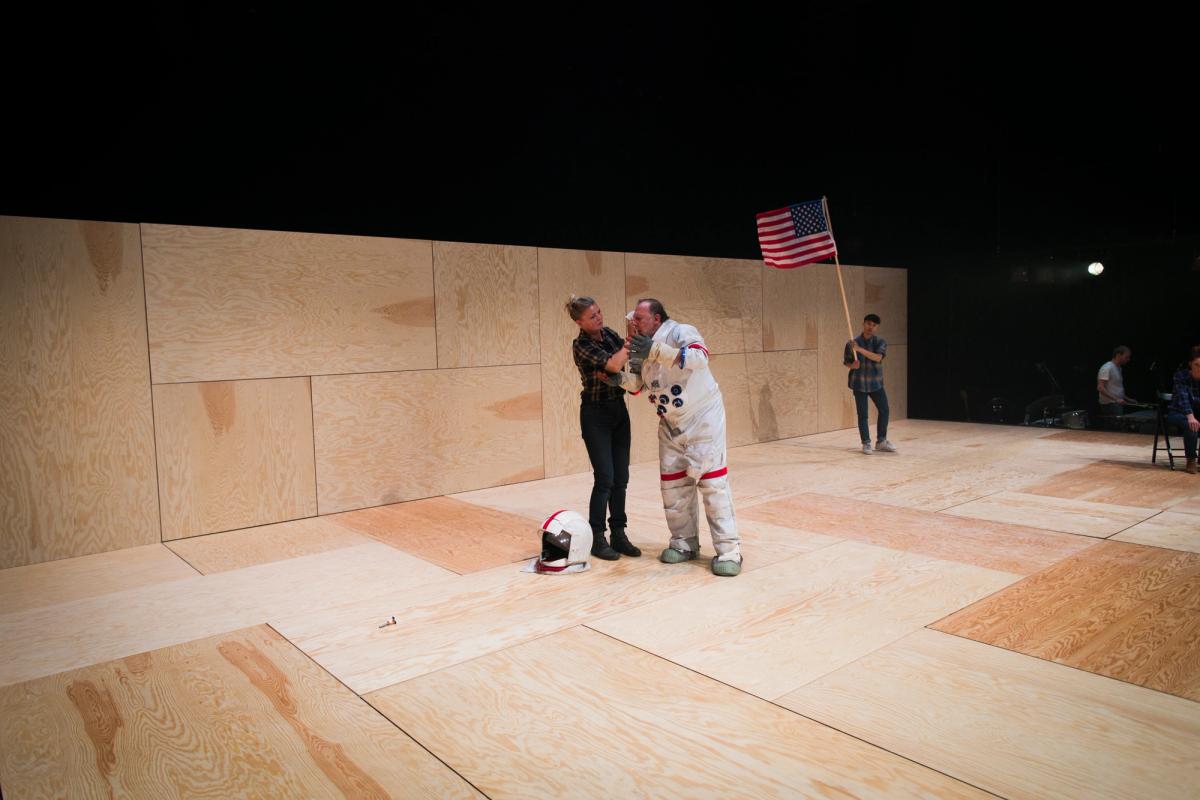
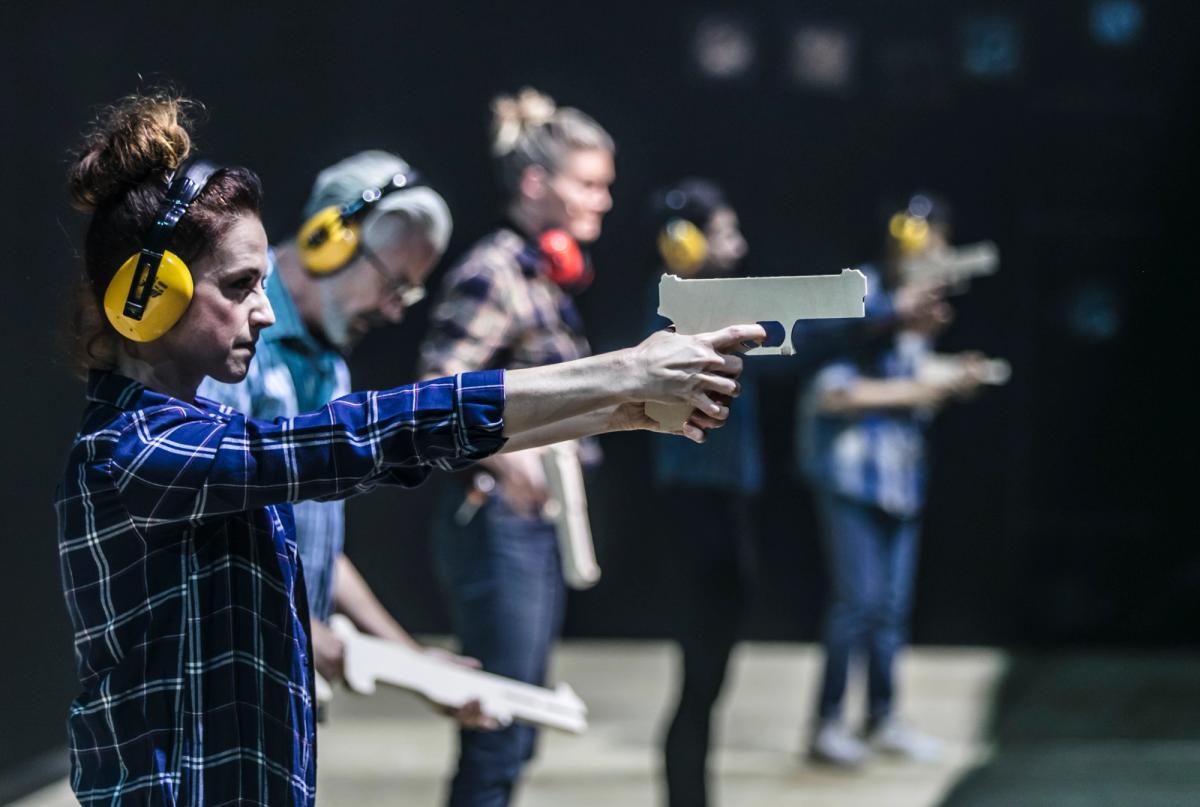

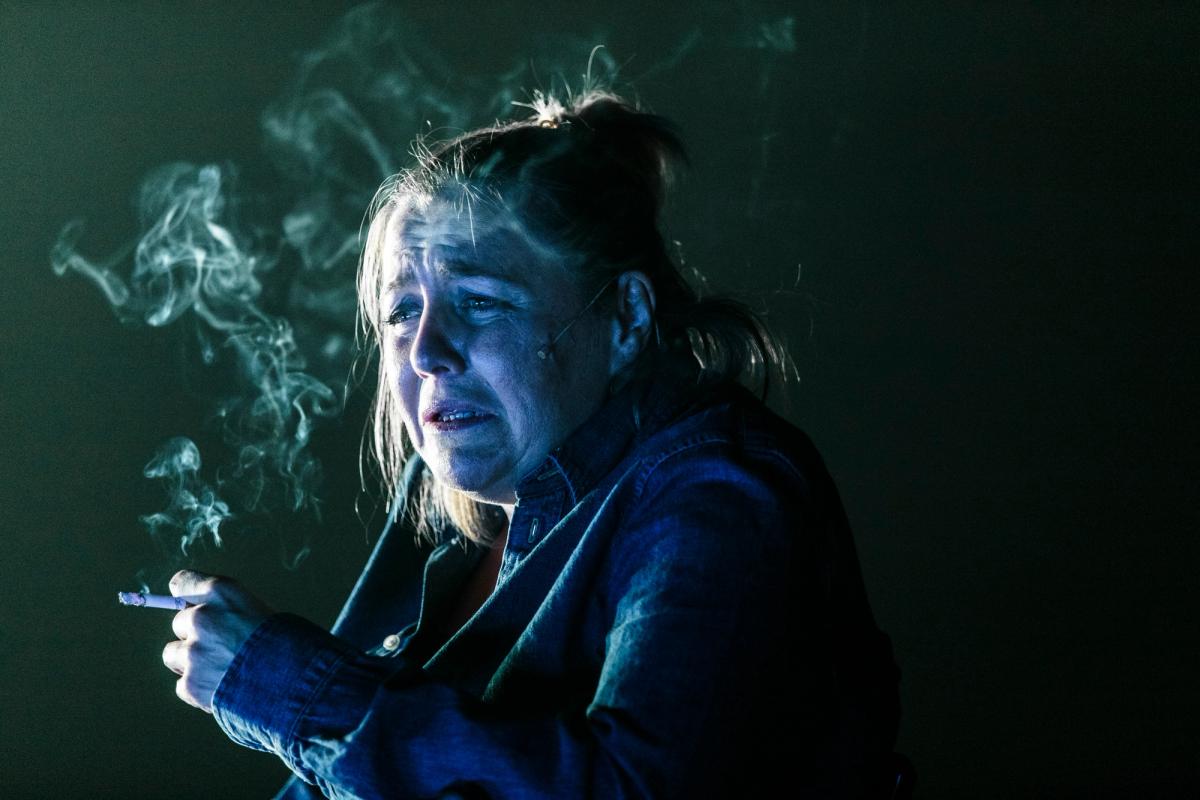




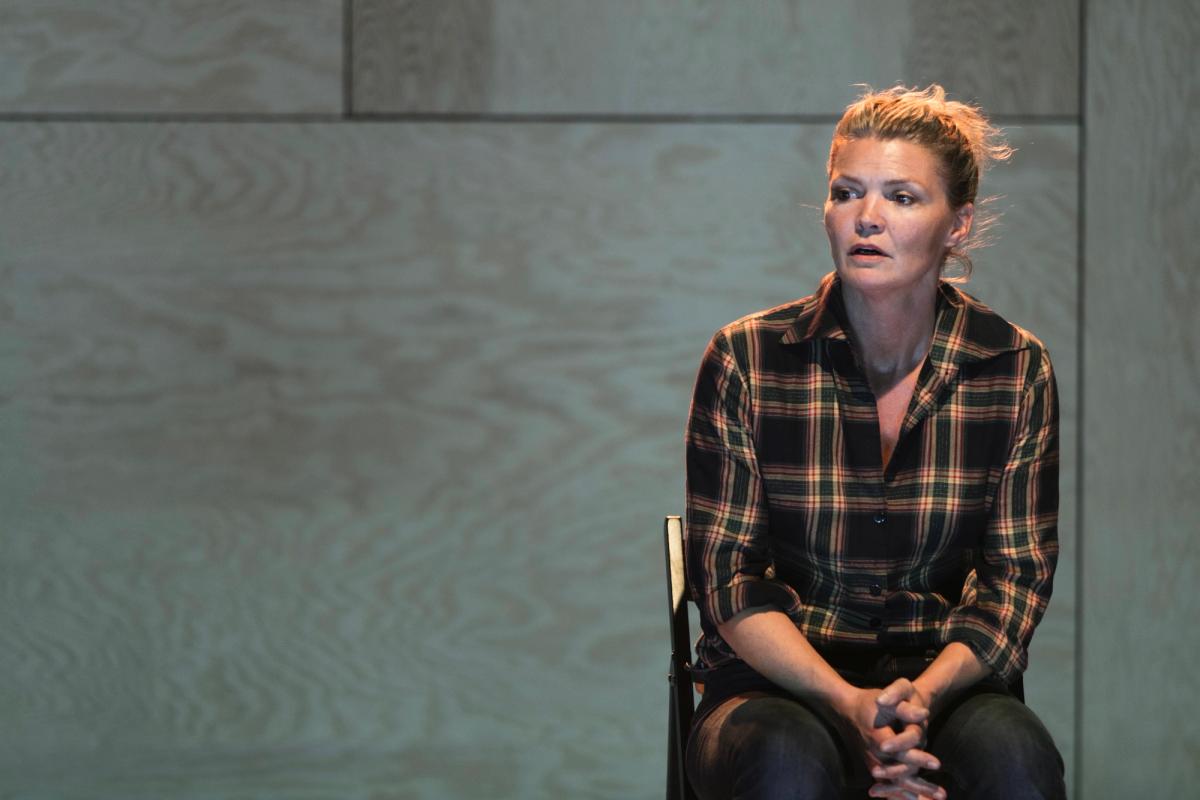


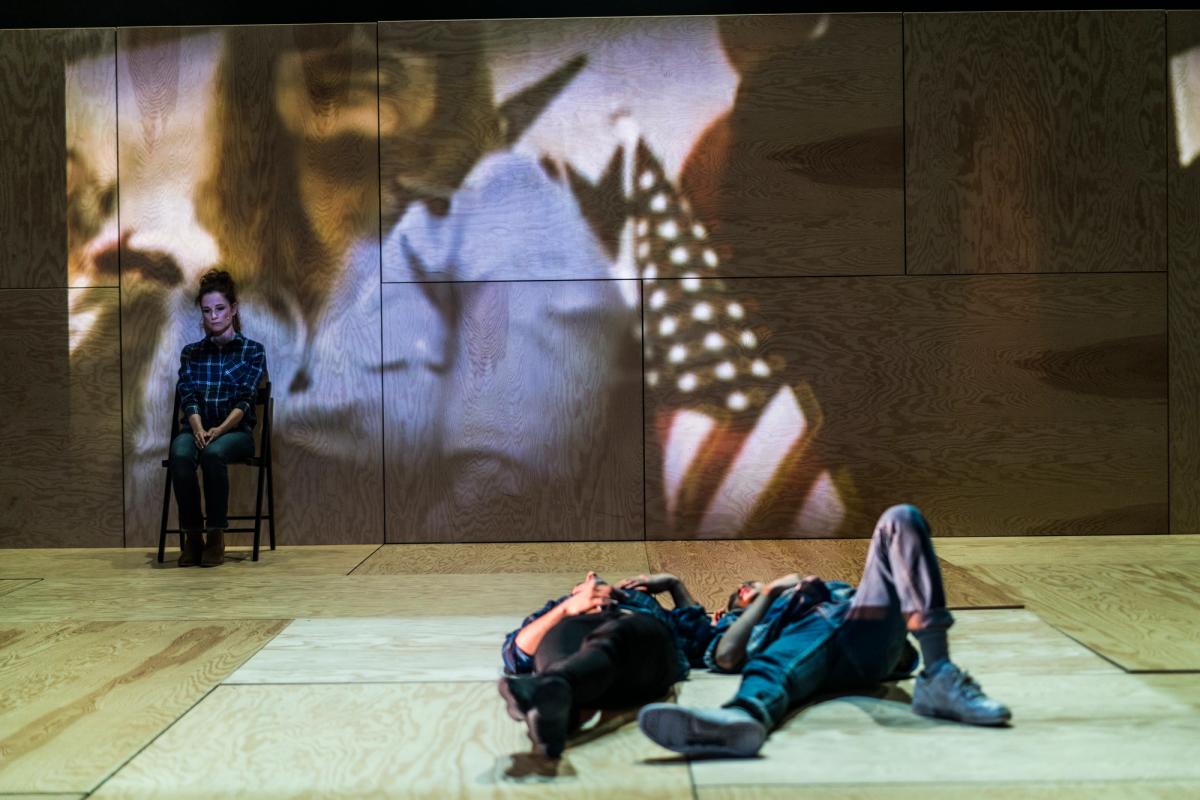

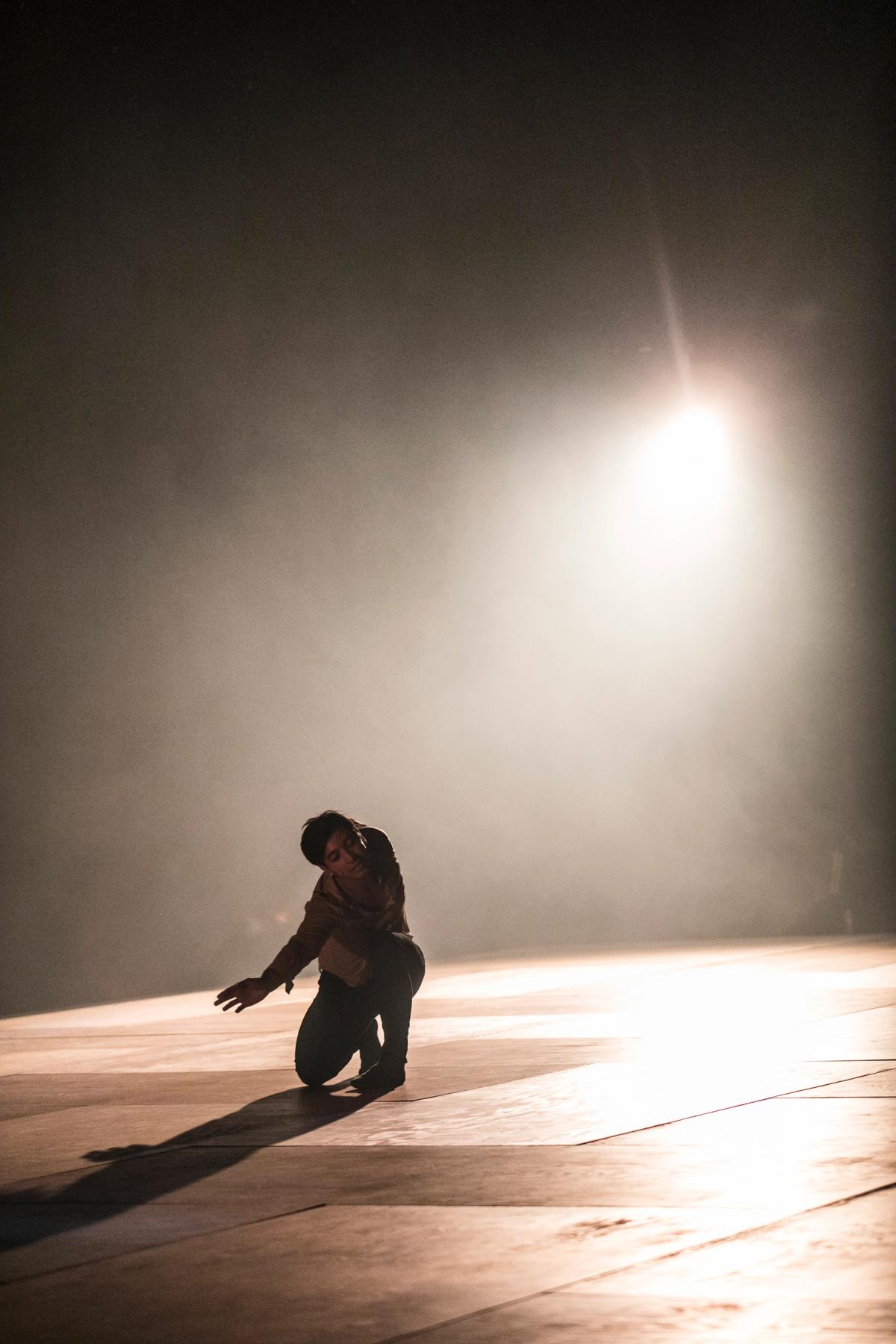
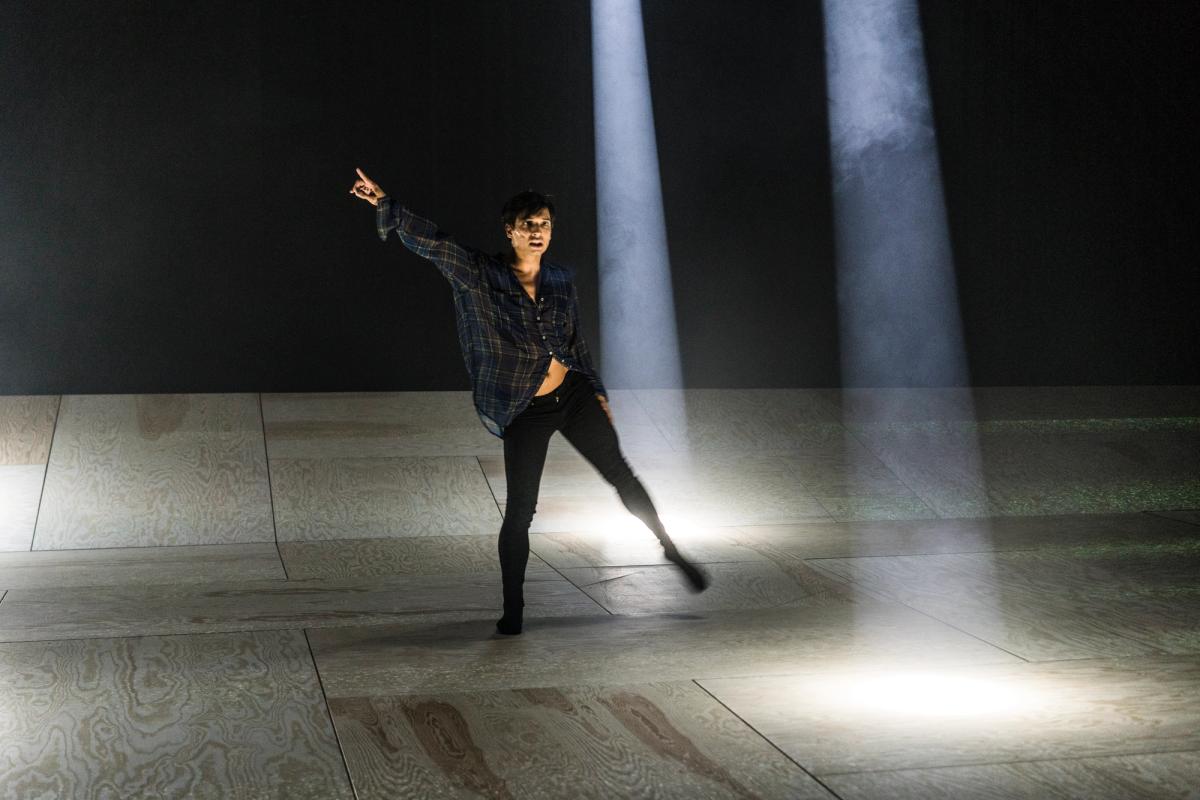
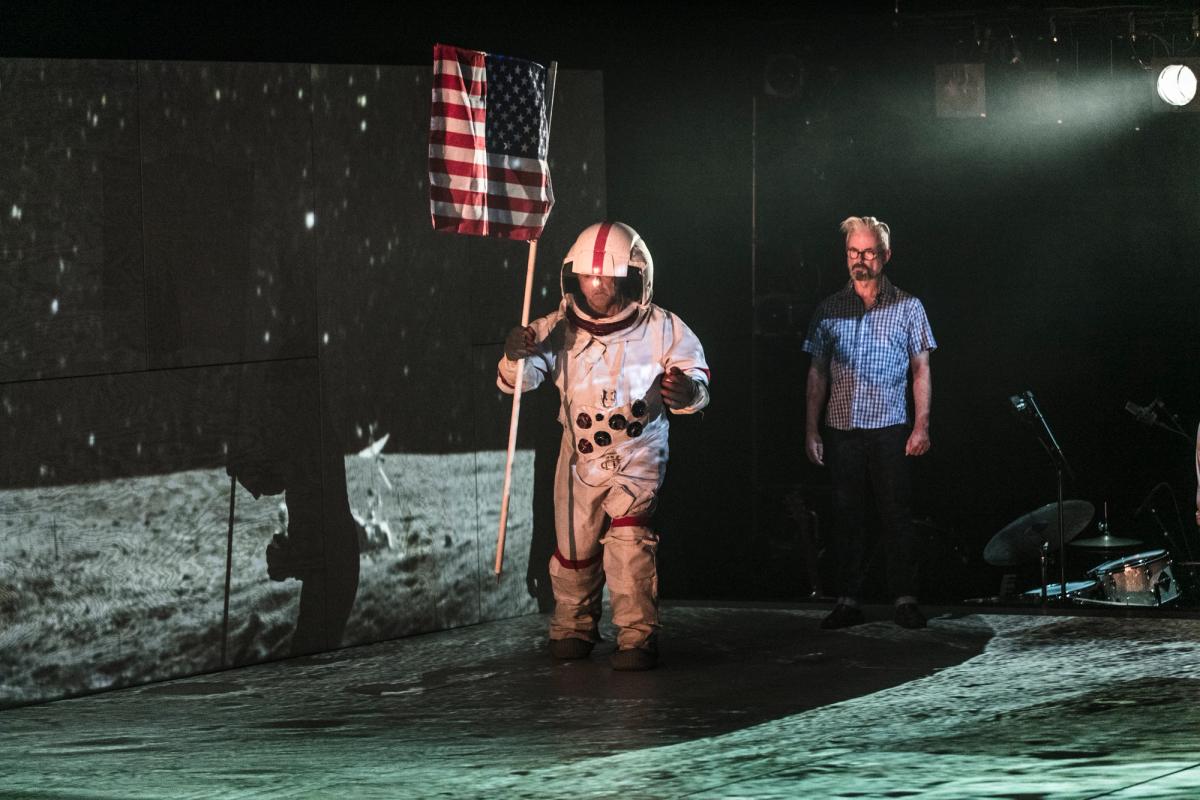
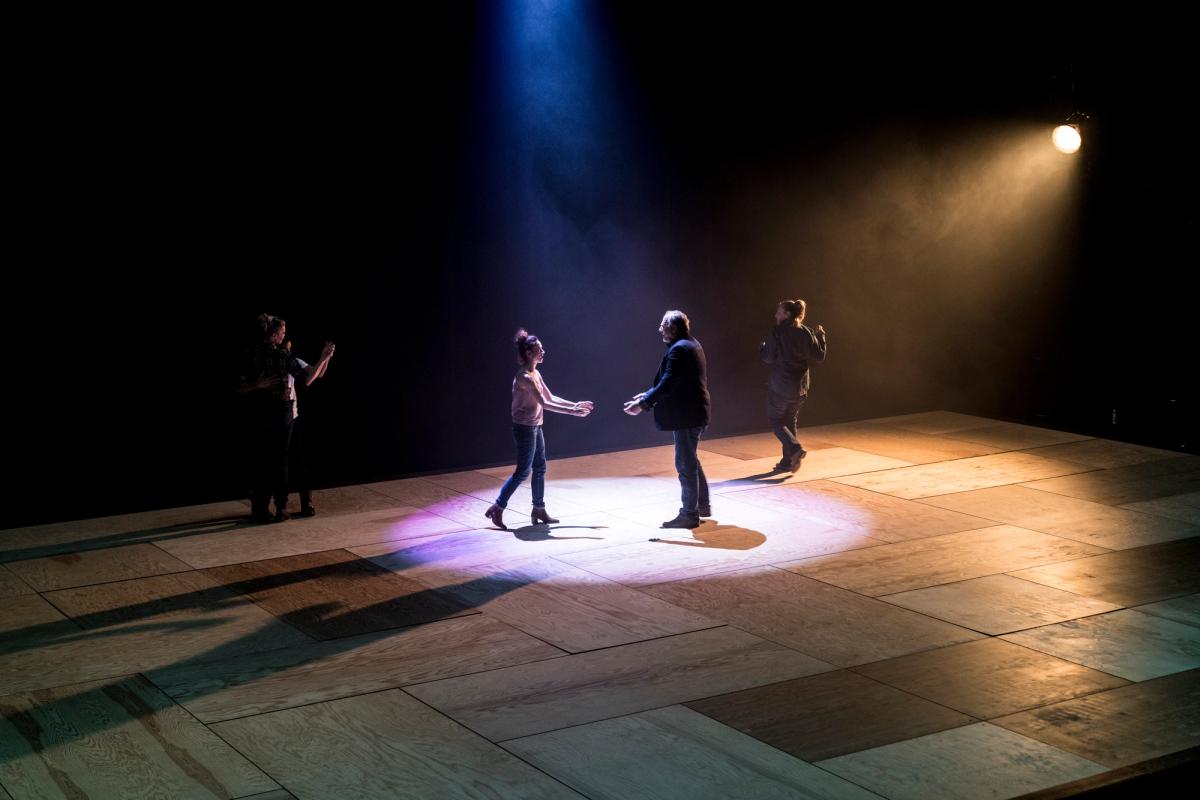
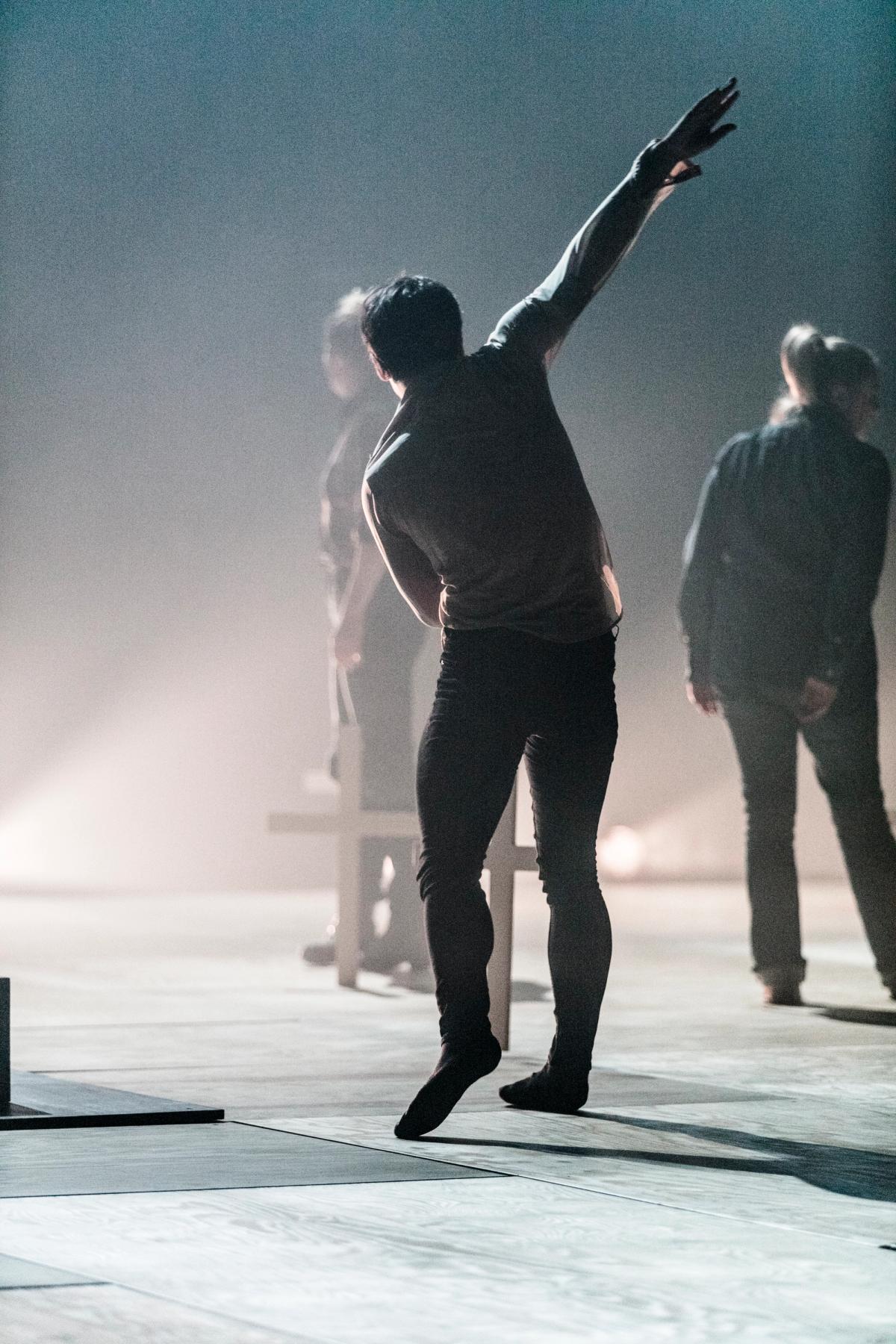
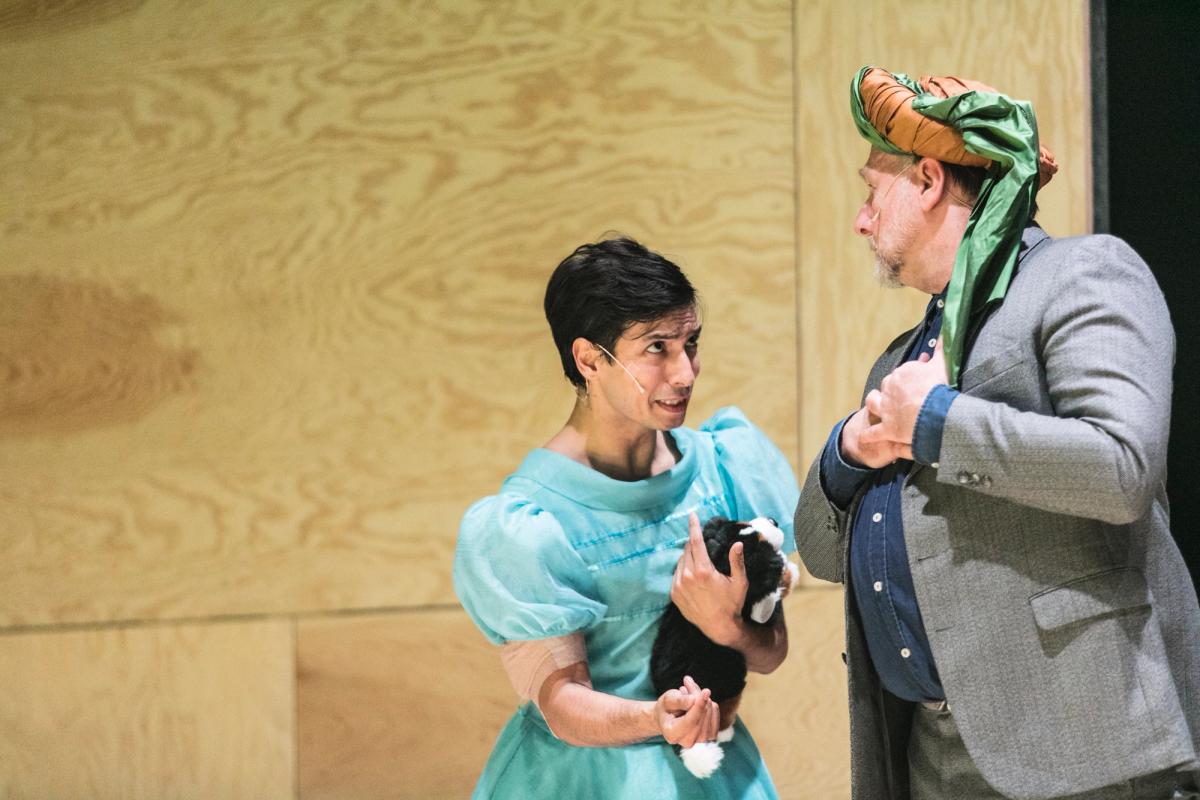
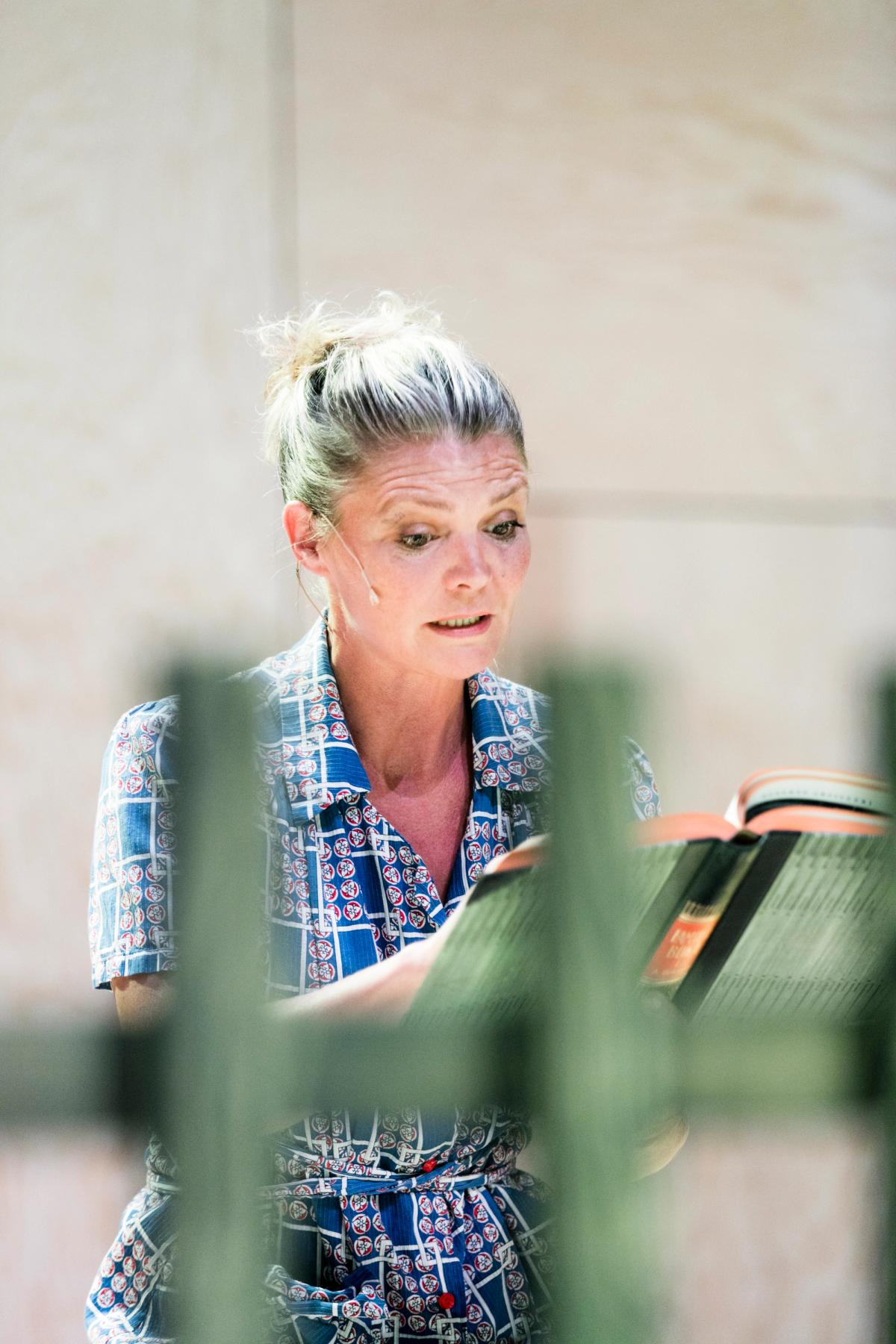
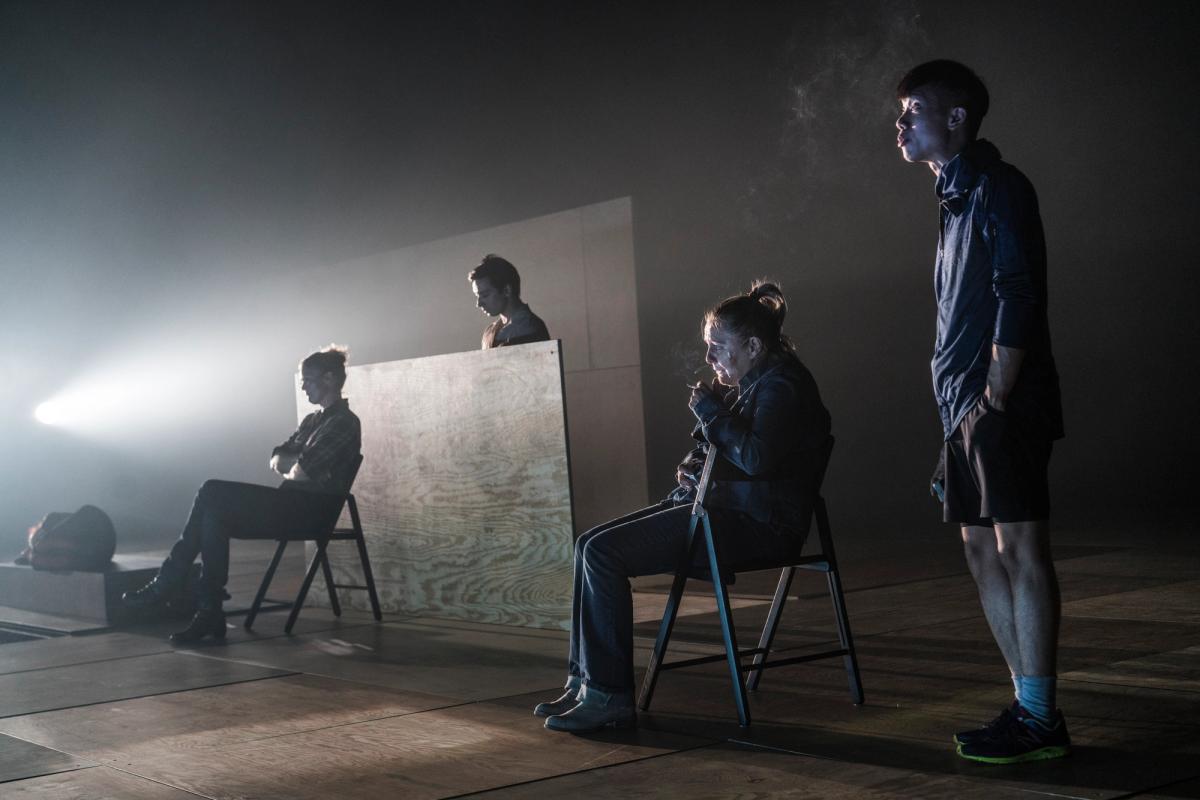
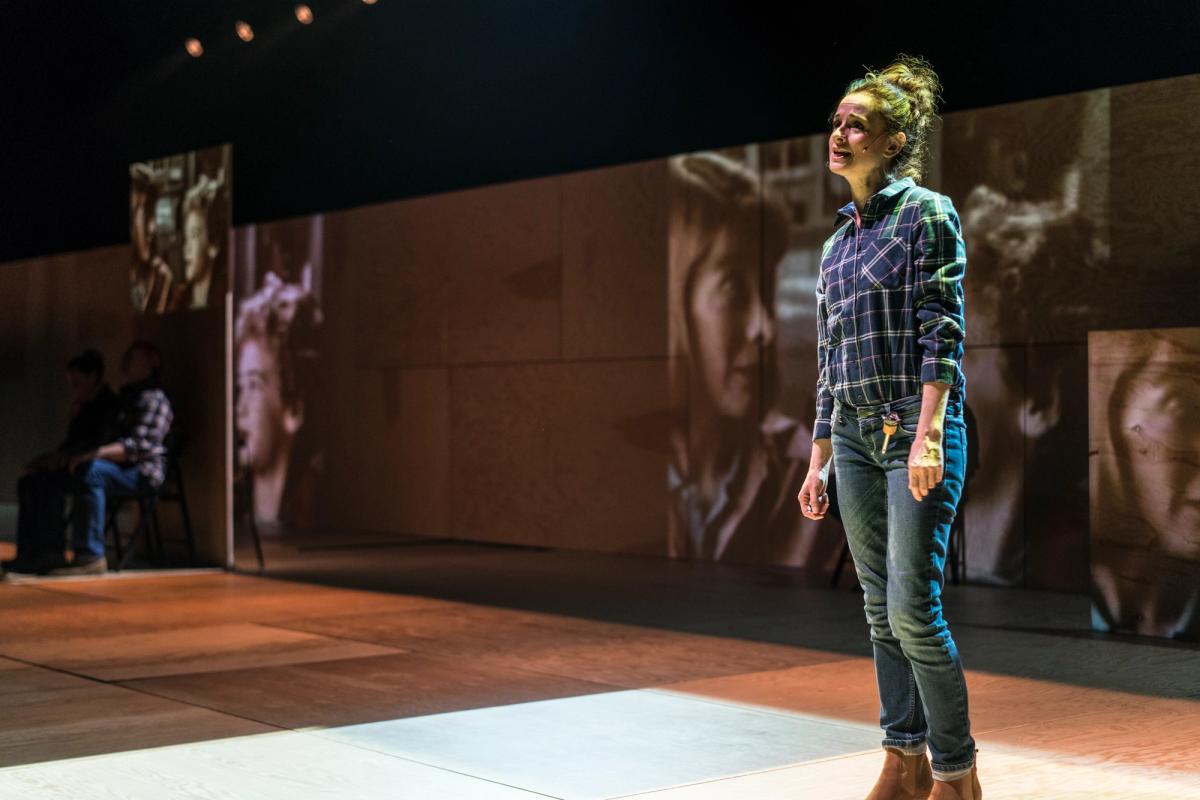
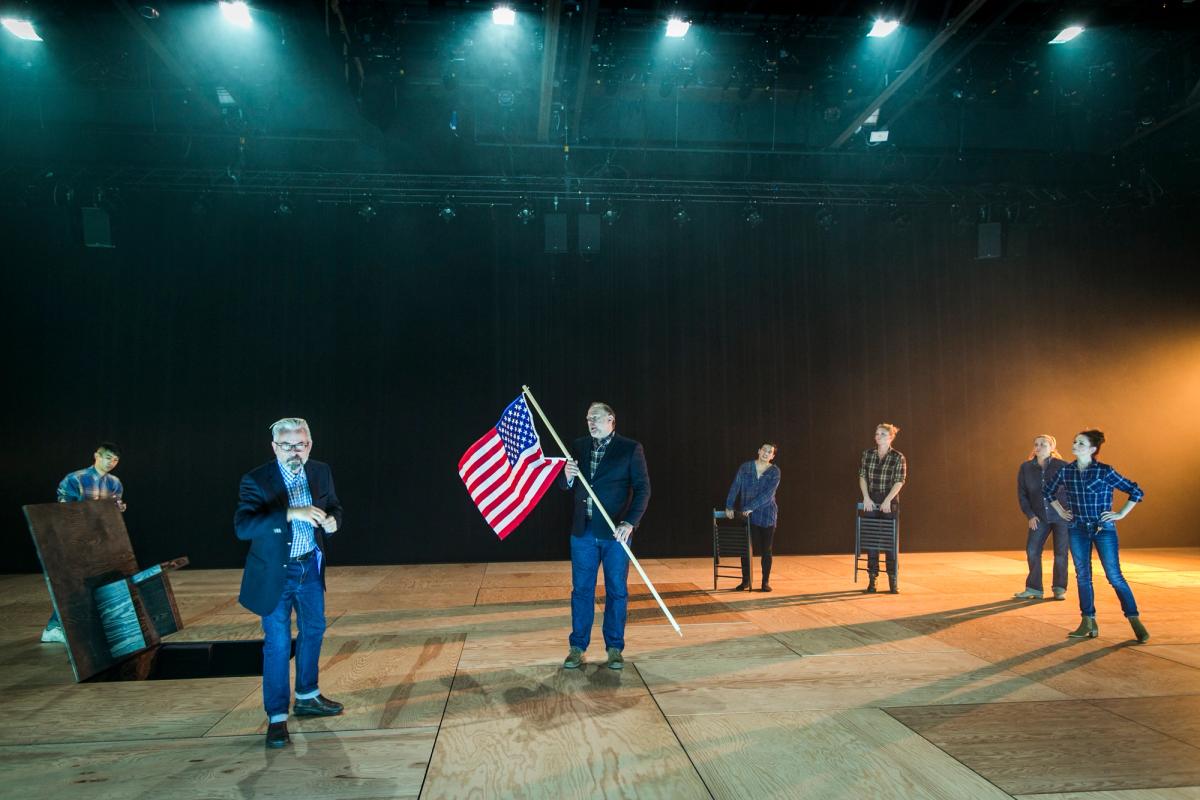
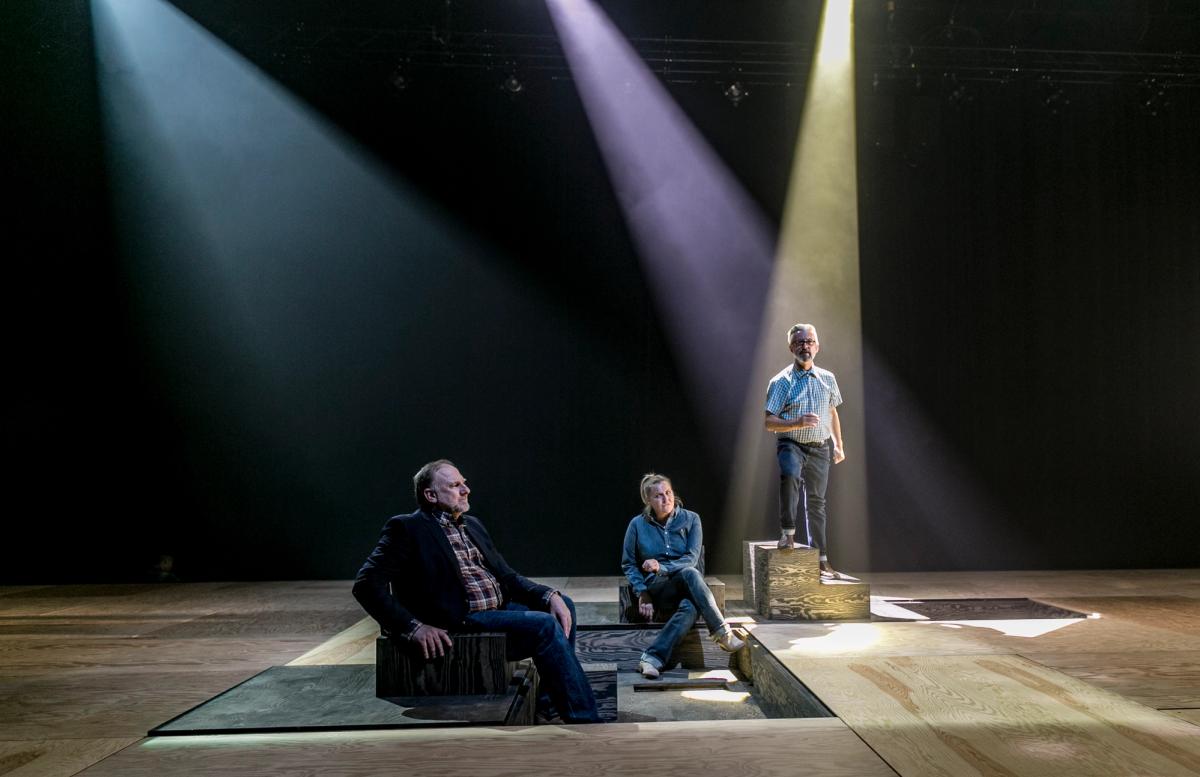
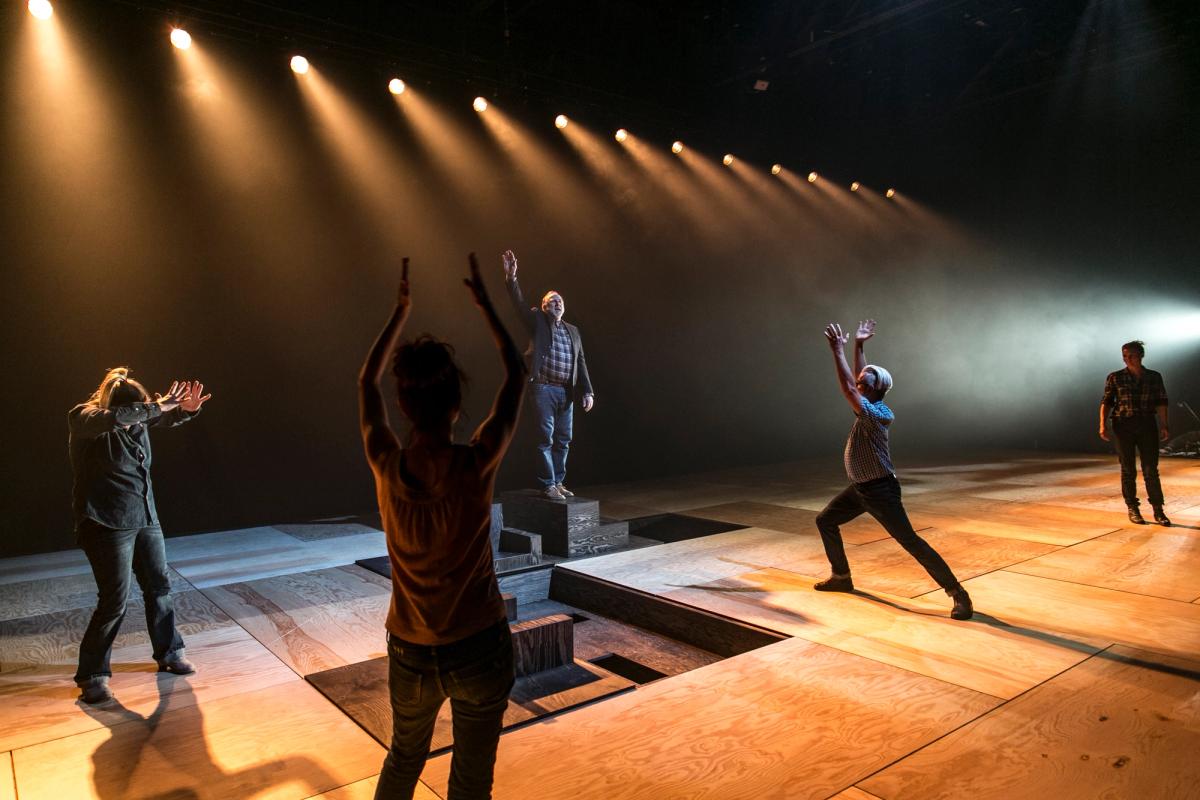
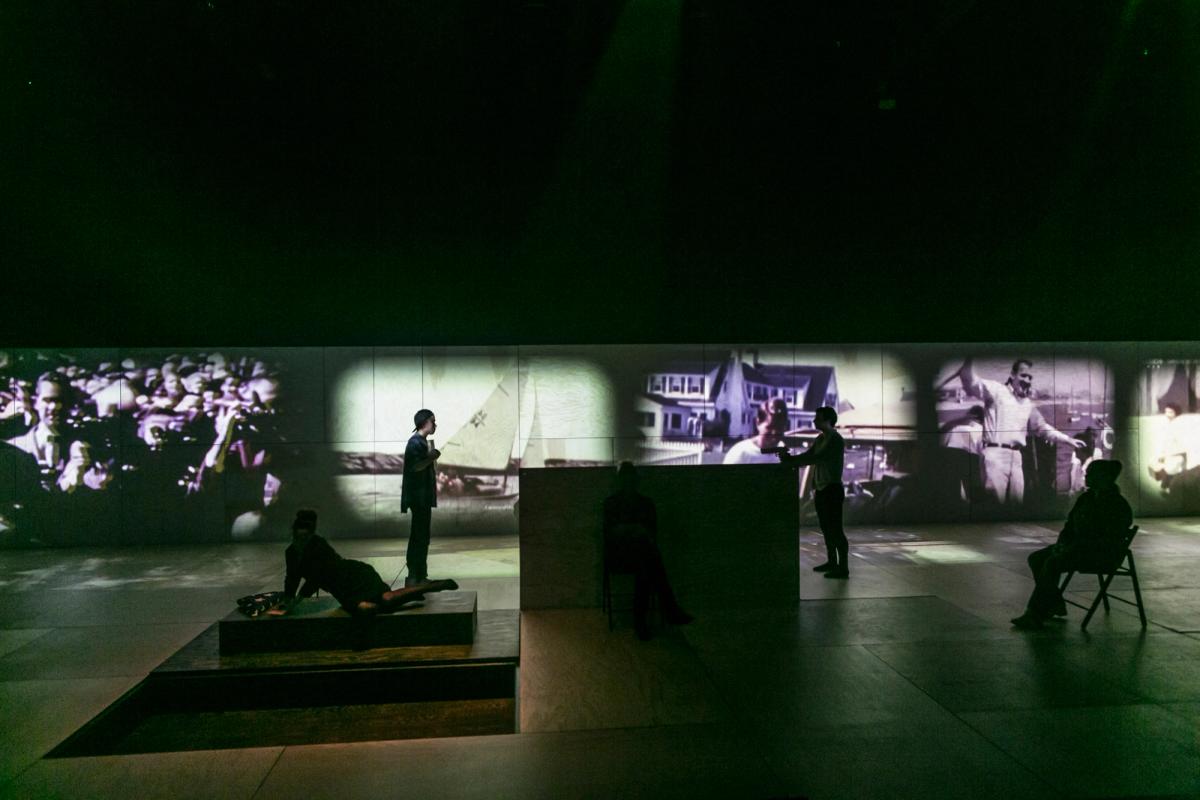
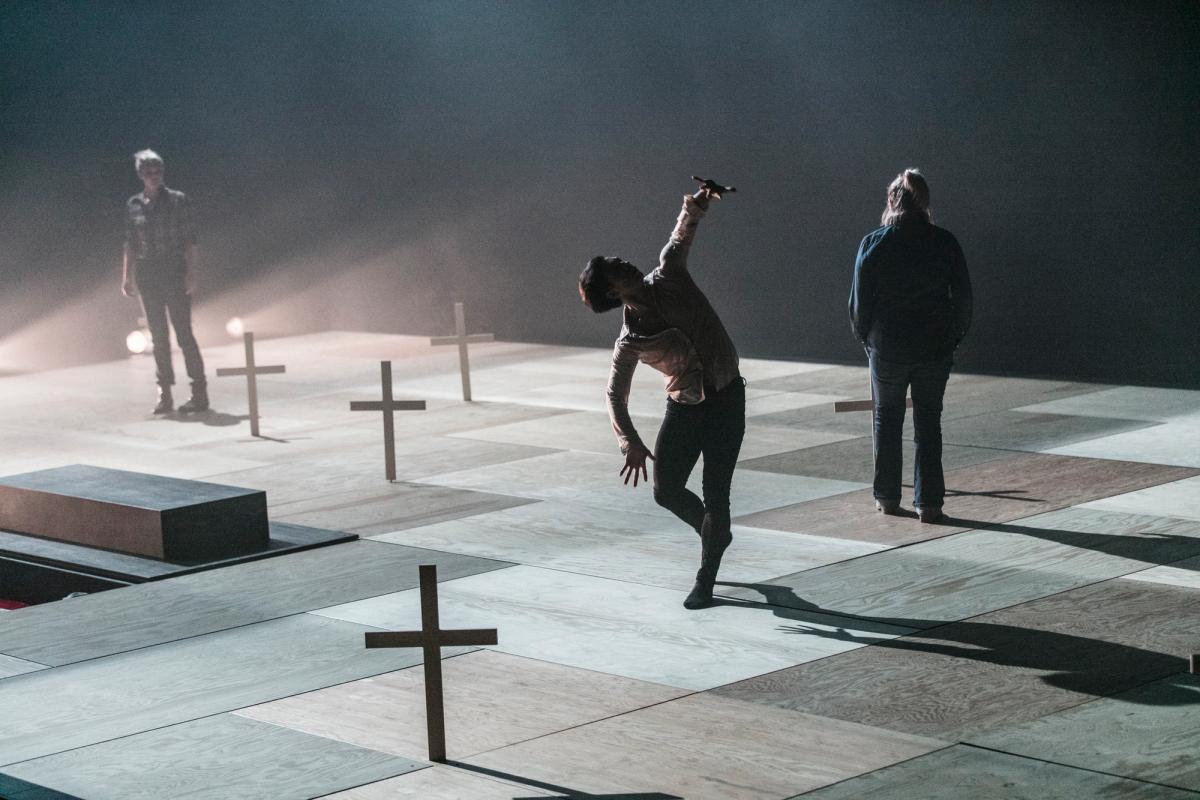
America Ep. 3: SuperAmateur is the culminating chapter of Winter Guests’ AMERICA trilogy — a theatrical deep dive into the myths, contradictions, and storytelling machinery of the United States. Conceived by Alan Lucien Øyen in collaboration with Andrew Wale, the production premiered on the Main Stage at Dansens Hus, Oslo, in September 2017.
For this final installment, the entire house was turned on its side: the 22-metre by 7-metre deep plywood set became an enormous canvas, with the scenography rising out of the floor. This radical transformation created a cinematic stage space that engulfed the audience and allowed the story to unfold as if projected across a living film screen.
SuperAmateur fuses theatre, dance, and live music with text and video in a restless investigation of America’s reality as performance. Original dialogue — drawn from transcribed conversations collected during journeys across the U.S. — collides with choreographic sequences, drag, satire, and intimate confession. The result is a performance that blurs sincerity and spectacle, mirroring the nation’s own paradoxical image.
As in the earlier episodes, Visions of Love (2009) and Psychopatriot (2016), the work is rooted in lived voices and stories, but here they are amplified into a theatrical spectacle of scale and intensity. The live musicians anchor the stage like characters themselves, underscoring the piece with a score that shifts between cinematic sweep and raw immediacy.
SuperAmateur embraces excess, contradiction, and vulnerability. By pushing the limits of staging and narrative, it asks whether America’s myths — and our fascination with them — can ever be separated from the performances we create of ourselves.
Videos
Trailer